In order for insurance-linked securities (ILS) and capital market investors to increase their prominence in Asia education remains a key issue, as too does the ability for the symbiotic relationship between traditional and alternative to be fostered in order to help regional cedents understand the relevance of ILS to their risk transfer needs.
Artemis recently held its second conference in Asia, at the iconic Marina Bay Sands complex in Singapore on 13th July 2017 with 170 delegates gathering to hear from numerous leading ILS professionals, discuss the state of ILS in Asian insurance and reinsurance markets and to network with attendees.
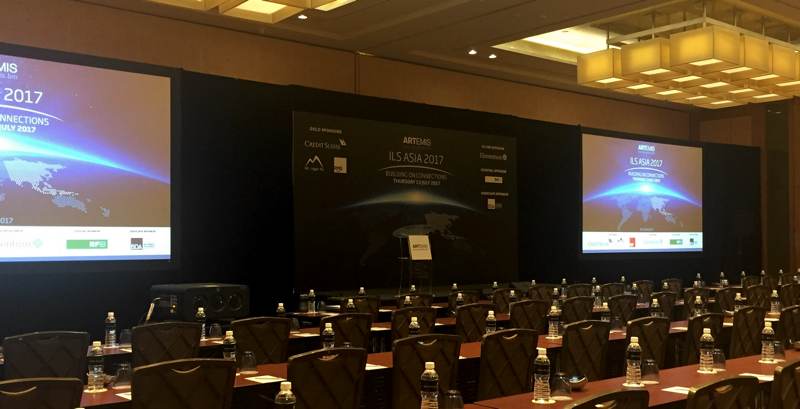
The day featured speakers from around the globe, with ILS and collateralized reinsurance experts, ILS fund managers, service providers, ceding companies and local market participants all playing a role in the discussions that happened on stage.
The over-riding opinion was that ILS activity in Asia is steadily developing, particularly for collateralized reinsurance focused fund managers or those ILS strategies with access to leveraged balance-sheets, but that ongoing education and greater collaboration is required, with the best way to foster ILS growth in Asia seen as a focus on the symbiotic relationship between the alternative and traditional sources of capacity.
John DeCaro, Founding Principal at specialist ILS investment manager Elementum Advisors, LLC, kicked off the day with a discussion of ILS market activity in Asia, both on the cedant and investor side.
“There’s certainly room for growth and we’re seeing more interest in the asset class from places such as South Korea, but other countries, such as China, Hong Kong, Singapore all tend to be more focused on private banking channels,” he explained.
Continuing; “There’s certainly capital that’s allocated from those markets into our category, but not so much from the pure pension fund perspective.”
DeCaro explained that there are large and particularly meaningful flagship investors in ILS located in the Asia-Pacific region, adding that these can serve as “stewards of strong investment practice and reference investors throughout the Asian region.”
With a notable list of investors already active in Asia and a notable list of Asian catastrophe bond and ILS sponsors, including some of the largest buyers of reinsurance in the world, there are reasons to be optimistic that as the need for risk capital increases so too will use of ILS as a risk transfer solution, DeCaro’s speech concluded.
Our second keynote speaker of the day discussed the importance of robust risk modelling and analytics for ILS. Jinal Shah, Managing Director, Capital Markets Solutions at RMS, provided an update on risk modelling and analytics for ILS, while educating those present on the importance of models, how advanced the models have become, how they work and the role they play in the ILS transaction process.
Then the day shifted focus to four panel sessions, designed to take the audience through some of the considerations required when looking at ILS, either as cedant or an investor.
The first panel session looked at the identification of ILS as a risk transfer opportunity, so how the capital markets are even selected as an option and what work is undertaken to ensure the right capacity source is identified.
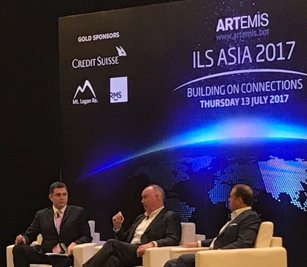 Moderator Nick Griffiths, Director of Reinsurance at brokerage RFIB Limited, explained that it’s important to look at how the Asian market has been affected by global reinsurance market trends; “People ask me quite a lot, Nick why don’t we see more Asian cedents buying collateralized reinsurance. It’s important to look at the history of what happened back in 2005 and the accelerated growth in that market.
Moderator Nick Griffiths, Director of Reinsurance at brokerage RFIB Limited, explained that it’s important to look at how the Asian market has been affected by global reinsurance market trends; “People ask me quite a lot, Nick why don’t we see more Asian cedents buying collateralized reinsurance. It’s important to look at the history of what happened back in 2005 and the accelerated growth in that market.
“It’s important to note that the development took 20 years to get to the point where it is and that was for U.S. risk where there is very technical modelled data, there was dislocation in the market and a capacity requirement. The collateralized market and the ILS world stepped into that arena and solved that problem.”
Education was a key element of this discussion, with the need for brokers to ensure that ceding companies in Asia are aware of the options, even if sometimes there is no alternative to traditional coverage. It is only be expanding the education of the regional market that gradually ILS products will become more accepted and readily available.
Chris Kershaw, Managing Director – Global Markets at reinsurer Peak Re, explained that the education process is needed both ways.
“I think the brokers have a key role to play in this. Are they doing enough to educate Asian or Asia-based buyers?,” he commented. “Brokers also need to educate funds and access to funds around what’s different around Asian risk. There are a number of things that need to happen to make this more attractive to Asian buyers and I think one of those is the product itself, the approach itself in many ways, needs to internationalise to become more applicable on a smaller scale.”
Richard Lowther, Partner & COO, Hiscox Re Insurance Linked Strategies Ltd., explained that the way the ILS market is developing naturally could result in a greater focus on and ability to underwrite Asian risks.
“I think the next leg of ILS that’s unfolding is some level of capital efficiency in sourcing this risk and I think that is good news for Asia because to do that requires greater diversification outside of just U.S. hurricane,” Lowther suggested.
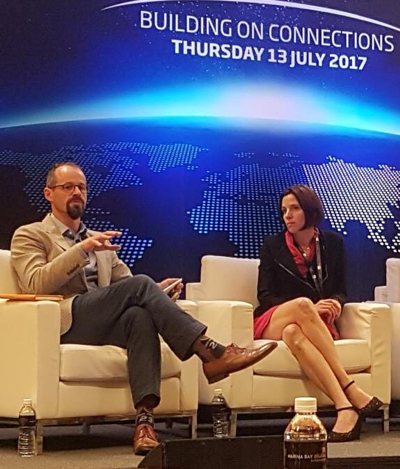 The second panel discussion focused on the structuring of an ILS transaction, ensuring the coverage required is delivered through selection of trigger, coverage features and other important factors.
The second panel discussion focused on the structuring of an ILS transaction, ensuring the coverage required is delivered through selection of trigger, coverage features and other important factors.
Moderator of the session Stephen Moss, Director Capital Markets Solutions at RMS, explained; “It’s looking at reinsurance and the ILS market in a symbiotic fashion, where they are working together and which is the most efficient element of the features, which is most efficient for which piece of the program.”
Moss later said that it is vital that ILS and reinsurance foster a more symbiotic relationship in order to increase penetration of risk transfer in Asia, stressing that collaboration is more important than competition for growing into the under-served region.
Anne-Claire Serres, Head of Natural Catastrophe Underwriting for reinsurance firm Asia Capital Re, explained that the knowledge of the risk exposure exists in Asia already and so perhaps ILS markets need to work closely with traditional markets in the region, in order to expand ILS penetration, saying it is vital to “really embed all the underwriting knowledge that is in Asia.”
Our third panel session looked at the important role of legal and insurance management oversight in bringing an ILS transaction to market.
Session moderator Chris Caponigro, Head of Business Development at Mt. Logan Re Ltd., explained that the growth of ILS and its influence on reinsurance markets means that insurers and reinsurers have to ensure they are educated on the opportunities ILS presents and be ready to move when the time is right.
“If you’re not on this ride as a reinsurer today, then I hope you have a way to manage the quick sand under your feet. If you’re a reinsurer and you haven’t found a way to manage this quick sand, you better find a way quickly to embrace it, because forces around you are moving right now,” Caponigro told the assembled audience.
This panel discussed the domicile question, highlighting that Singapore itself has a special purpose reinsurance vehicle (SPRV) regulation but that it has yet to be used.
Steve Britton, Managing Director, Global ILS Management at Aon Risk Solutions, said that there is an appetite to help new domiciles such as Singapore get up to speed as a hub for ILS transactions.
“Yes we need to educate the market, clearly, but once you do the first deal the rest will follow,” Britton commented.
Ariane West, Partner at law firm Walkers, commented on the idea of Singapore having ILS issuance capability; “I think it’s a matter of educating the market, making a product that’s attractive to your sponsors and investors. In terms of a rationale that will make sense and will drive business it could be as simple as regional risks wanting to find a regional hub and home for it.
“It’s a process of getting the ball rolling and proving the effectiveness of the statutory regime that you’ve got in place.”
The fourth and final panel discussion looked at the topic of distributing ILS deals, both the primary marketing of new issues and the secondary trading of in-force transactions.
Moderator Chi Hum, Global Head of Distribution at GC Securities, explained the distribution process for primary issuance of catastrophe bonds or ILS, saying that the Asian market may soon have a large enough concentration of ILS investors that it becomes one of the stops for transaction roadshows.
“We often have a roadshow, depending on whether it’s a new issuer or it’s a new risk. We typically go to concentrated cities where investors usually are, such as New York, Bermuda, Zurich, London. Asia we haven’t come yet, but I’m sure soon we’ll include Asia into our roadshows,” Hum explained.
Yuko Hoshino, Partner, Distribution & Investment Relations – Japan/Asia at Securis Investment Partners LLP, said that the education process is important but can be long for investors in the region.
“As far as my experience dealing with Japanese and Asian investor clients, they spend a long time to analyse the risk and the benefits of including ILS into their portfolios. They typically spend one to five years to get investment committees approval of inclusion of ILS as a new asset class as well as deciding what percentage to allocate, which manager they would like to allocate to and what product,” Hoshino said.
Lorenzo Volpi, Partner, Leadenhall Capital Partners LLP, agreed on the need for education, saying; “In this part of the world there is a lot of work to be done, there are a lot of investors who are still not familiar with ILS. We have to be patient and be persistent.”
Steve Emmerson, Head of the ILS & Insurance Desk at Tullett Prebon, explained that demand is certainly seen for investments in Asian insurance and reinsurance risk.
“In the secondary market many of my clients have been asking for diversifying risks, but there just hasn’t been enough to date. But maybe that’s where this region comes in, Asia in general is a territory with risk exposure, a risk gap and it seems like this should be a natural step,” Emmerson said.
GC Securities Hum agreed, adding; “Anyone wanting to increase ILS issuance out of Asia, there would be a very, very strong investor bid to support it.”
The event ended with two keynotes, the first from Lixin Zeng, CEO, AlphaCat Managers Ltd., who discussed the differences between active and passive investments in ILS, making a case that a passive approach can sometimes be better for catastrophe bonds, which an active approach is clearly required for the collateralized reinsurance and private side of the ILS market.
Finally, the day ended with a keynote speech from Marcel Grandi, Head of Underwriting, Credit Suisse Insurance-Linked Strategies, who spoke about the future of ILS in Asia and gave some perspective based on the experience of the Credit Suisse ILS team.
Grandi discussed the investor landscape, saying that the Japanese market had been the first to accept ILS as a core alternative asset class, but that now interest is spreading around the Asian region.
Grandi explained where the ILS market might find growth opportunities in the future; “We think that you can perhaps develop the ILS market in Asia, outside of Japan, using parametric structures, as they are independent from the underlying economic exposure in the region and you do not have a long development period for claims.”
He continued, saying that while ILS fund managers are increasingly active in Asia through the traditional reinsurance cycle and often fronted, it seems that private ILS transactions may be the most desirable and simple way to gain exposure in Asia ex-Japan at the moment.
Grandi also explained that there are interesting opportunities in Asia to access natural catastrophe risks, with China and India particularly interesting given the scale of the economic growth and exposure, while he also sees Asian crop risks as another area of opportunity for the future.
Overall the message of the day was that continued education is required for ILS to grow significantly in Asia, but that even then that growth will be gradual.
Additionally, there is a desire for ILS to look as similar to traditional reinsurance as possible in order to make it easier for new cedants to begin to tap into the capital markets. With the expansion of collateralized reinsurance and ILS funds working alongside rated enties this is a positive, as ILS is becoming increasingly interchangeable with the traditional in some circumstances.
By ensuring that Asian ceding companies are aware of the risk transfer options available to them from the ILS market, and Asian investors are aware of the benefits and features of ILS as an investment asset class, steady growth is likely to be seen over time.
While ILS faces the challenge of competing with heavily discounted traditional reinsurance capacity, because of the diversification the region offers to global reinsurers, it is believed that by working alongside these players and helping them to optimise their own capital, the need for the capital markets as a symbiotic source of peak risk transfer will help to stimulate further growth in the Asian region.
By working in harmony, traditional and alternative capital sources can ensure that Asian cedants are better educated on the wealth of risk transfer opportunities available to them, while underwriters and brokers establish where the capital markets can play the most effective role.
To all of our attendees, thank you for joining us for ILS Asia 2017, we hope you enjoyed the day.
Artemis will be back in Singapore for ILS Asia 2018 in July next year, we’ll let you know when registration for the event is launched.
To all our speakers, thank you for traveling so far to participate, for providing insightful and thought-provoking discussions and for engaging positively with the Asian market attendees. We hope your participation in the event was useful.
Finally, we’d like to thank our kind sponsors of ILS Asia 2017, without whom the day would not have been possible.
Our Gold Sponsors:
 |
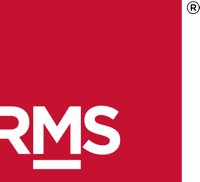 |
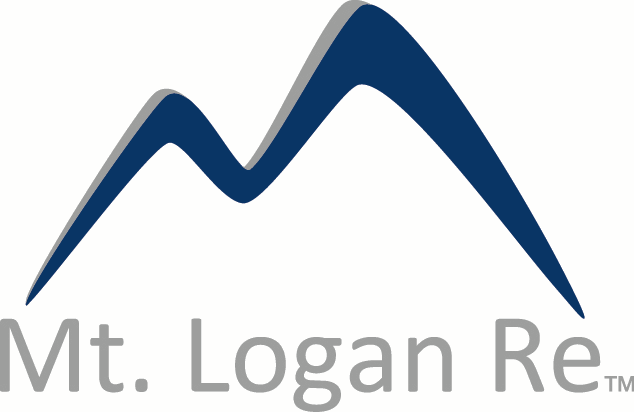 |
|
Our Silver Sponsor:
 |
Our Cocktail Reception Sponsor:
 |
Our Associate Sponsor:
 View all of our Artemis Live video interviews and subscribe to our podcast.
View all of our Artemis Live video interviews and subscribe to our podcast.
All of our Artemis Live insurance-linked securities (ILS), catastrophe bonds and reinsurance video content and video interviews can be accessed online.
Our Artemis Live podcast can be subscribed to using the typical podcast services providers, including Apple, Google, Spotify and more.
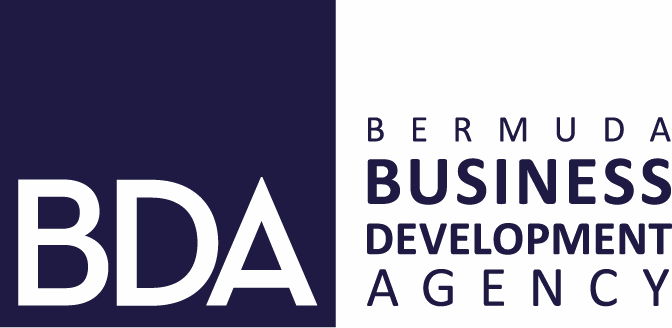 |































